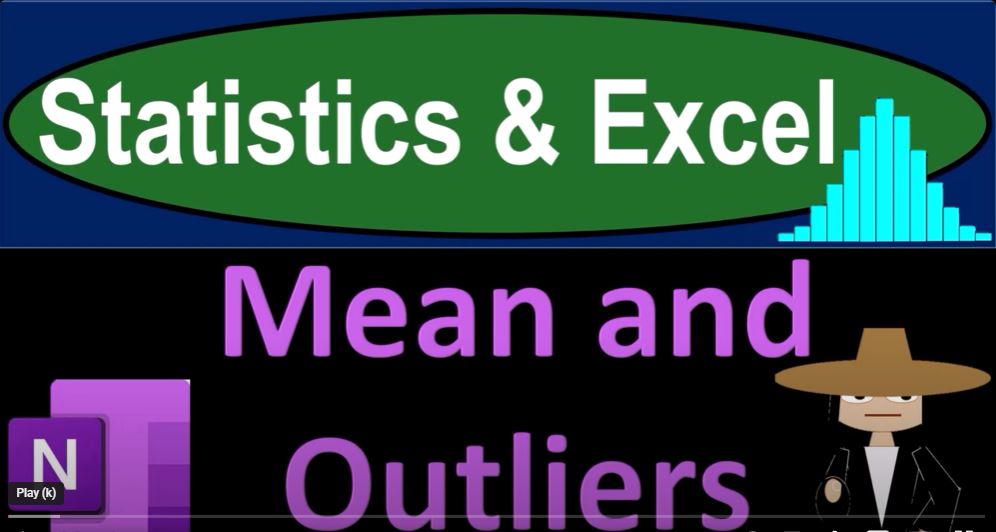In the world of data analysis, understanding statistics is paramount. Excel, a powerful tool for data manipulation, plays a crucial role in unraveling the intricacies of datasets. In this blog, we delve into the world of statistics and Excel, focusing on mean and outliers. For those using OneNote, we’ve included a reference to the corresponding tab and presentations.
- Standard Calculations: Let’s start by examining a hypothetical salary dataset for a corporation. Our goal is to perform standard calculations such as mean, median, max, min, quartile one, and quartile three. Using Excel’s AVERAGE, MAX, MIN, and QUARTILE functions, we explore how these metrics provide insights into the dataset’s central tendencies.
- Mean vs. Median: Understanding the difference between mean and median is crucial. We showcase how these calculations can hint at the presence of outliers. A significant gap between mean and median may suggest an outlier impact, prompting a closer examination of the data.
- Histogram Visualization: To visualize the dataset, we create a histogram using Excel. This graphical representation offers a snapshot of how data is distributed across various salary ranges, providing a quick overview of the dataset’s shape.
- Adding an Outlier: Introducing an outlier, such as an inflated CEO salary, allows us to observe the impact on standard calculations. We discuss how the mean is particularly sensitive to outliers, while the median remains more robust. The visualization of the histogram showcases the skewing effect of outliers on the data distribution.
- Strategies for Outlier Handling: We explore strategies for handling outliers, including using the median instead of the mean and trimming off extreme values. This discussion highlights the importance of choosing the most relevant metric based on the dataset’s characteristics and the objective of the analysis.
- Deceptive Practices: Addressing the potential for deceptive practices in data presentation, we touch on scenarios where outliers might be strategically utilized. Recognizing these tactics is crucial for making informed decisions based on reliable data.
Conclusion: As we celebrate one year of exploring diverse topics, this exploration of statistics and Excel serves as a reminder of the critical role data plays in decision-making. By understanding the impact of outliers and employing appropriate statistical measures, we empower ourselves to make informed and reliable choices in various domains.

